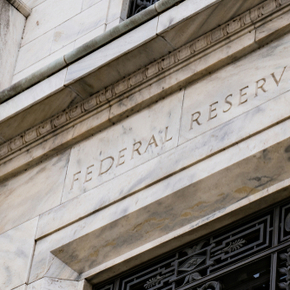Monthly Archives: April 2024
Despite sticky inflation, the Fed reiterated that rate cuts were still on the table for this year, while several leading money center banks forecasted lower growth for the remainder of 2024 due partly to inflation and higher-than-expected rates.
The current state of the housing market remains a huge problem for 2%, as home values remain at all-time highs due to an undersupplied market and many homeowners who are locked in at 2% to 4% mortgages, constraining inventory and leading to sticky rents.
Exploring growth opportunities in the insurance, homebuilding, and biotech sectors for Q2 2024, highlighting the strong growth outlook, attractive valuations, and potential for innovation and disruption in these industries.
As the Federal Reserve prepares for its May 1 FOMC meeting, investors are focusing on the potential for rate cuts, but another aspect of Fed policy decision-making is flying under the radar - the balance sheet.
The commentary from Pepsi to Kraft-Heinz to Kimberly-Clark has shifted over the past 12 months from one of pricing to one of volume, driven by increasing advertising and marketing spend.
Gold demand in India, the world's second-largest gold consumer, has experienced a broad-based drop due to high prices, with jewelers and consumers waiting for a price correction before adding to their stock or buying more jewelry.
The Federal Reserve will have to wait even longer for evidence confirming that gains in fighting price pressures are durable before it turns accommodative with this morning's data showing higher-than-anticipated inflation.
Fed officials' mixed comments on interest rates led to a volatile week for stocks, with all three major averages ending the day down over 1% for the first time in a month.
The money and bond markets may have gotten a little complacent on inflation trends after the 2023 experience. Indeed, the peak readings of 2022 for both headline and core inflation were put in the rearview mirror rather quickly, as price pressures cooled off on an almost monthly basis.











